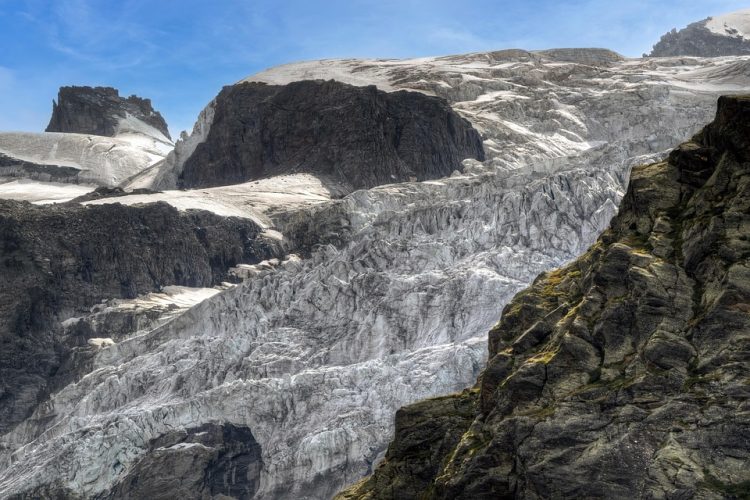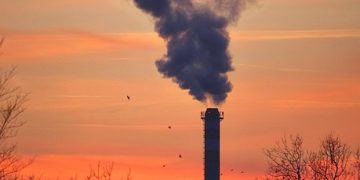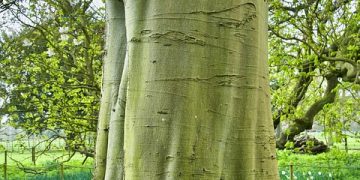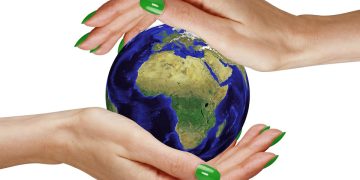Global warming is a pressing issue that is affecting wildlife worldwide at an alarming rate. The rise in global temperatures is causing significant changes in ecosystems, leading to habitat loss, disrupted migration patterns, and increased competition for resources. In this article, we will explore how global warming is endangering wildlife and what can be done to mitigate its effects.
Impact on Polar Bears
Polar bears are one of the most iconic species that are being severely impacted by global warming. The melting of Arctic sea ice due to rising temperatures is shrinking their habitat, making it increasingly difficult for them to find food and reproduce. As a result, polar bear populations are declining rapidly, with some experts predicting that they could become extinct in the wild within the next century.
What can be done to protect polar bears?
One of the most effective ways to protect polar bears is to reduce our carbon footprint by using renewable energy sources and adopting sustainable practices. Additionally, conservation efforts such as protected areas and wildlife corridors can help preserve their habitat and ensure their survival in the face of global warming.
Impact on Coral Reefs
Coral reefs are another ecosystem that is being severely impacted by global warming. The increase in sea temperatures is causing coral bleaching, where corals expel the algae living in their tissues, turning them white and making them more vulnerable to disease. As a result, many coral reefs are dying off, leading to a loss of biodiversity and disrupting the delicate balance of marine ecosystems.
What can be done to protect coral reefs?
Protecting coral reefs requires a multi-faceted approach that includes reducing greenhouse gas emissions, implementing sustainable fishing practices, and establishing marine protected areas. Additionally, educating the public about the importance of coral reefs and their role in supporting marine life can help raise awareness and promote conservation efforts.
Impact on Birds
Birds are also feeling the effects of global warming, with many species experiencing changes in their habitats and migration patterns. Warmer temperatures are affecting the availability of food sources and nesting sites, leading to declines in bird populations and disruptions in their natural behaviors. Some migratory birds are also facing challenges as they struggle to adapt to changing climates along their migration routes.
What can be done to protect birds?
Conservation efforts such as restoring habitats, creating bird-friendly landscapes, and reducing pesticide use can help protect bird populations from the impacts of global warming. Additionally, supporting organizations that work to conserve bird species and their habitats can make a significant difference in ensuring their survival in a changing climate.
Impact on Marine Life
Marine life is also at risk due to global warming, with rising sea temperatures causing shifts in ocean currents, changes in marine habitats, and disruptions in food chains. Species such as sea turtles, whales, and dolphins are facing challenges as they struggle to adapt to changing environments and cope with the impacts of climate change on their populations.
What can be done to protect marine life?
Protecting marine life requires a concerted effort to reduce pollution, regulate fishing practices, and establish marine protected areas. Additionally, supporting conservation organizations that work to protect marine species and their habitats can help ensure their survival in the face of global warming.
Conclusion
Global warming is posing a significant threat to wildlife worldwide, with many species facing challenges as they struggle to adapt to changing environments and cope with the impacts of rising temperatures. By taking action to reduce our carbon footprint, protect natural habitats, and support conservation efforts, we can help mitigate the effects of global warming on wildlife and ensure their survival for future generations. It is crucial that we work together to address this pressing issue and protect the incredible diversity of species that call our planet home.





